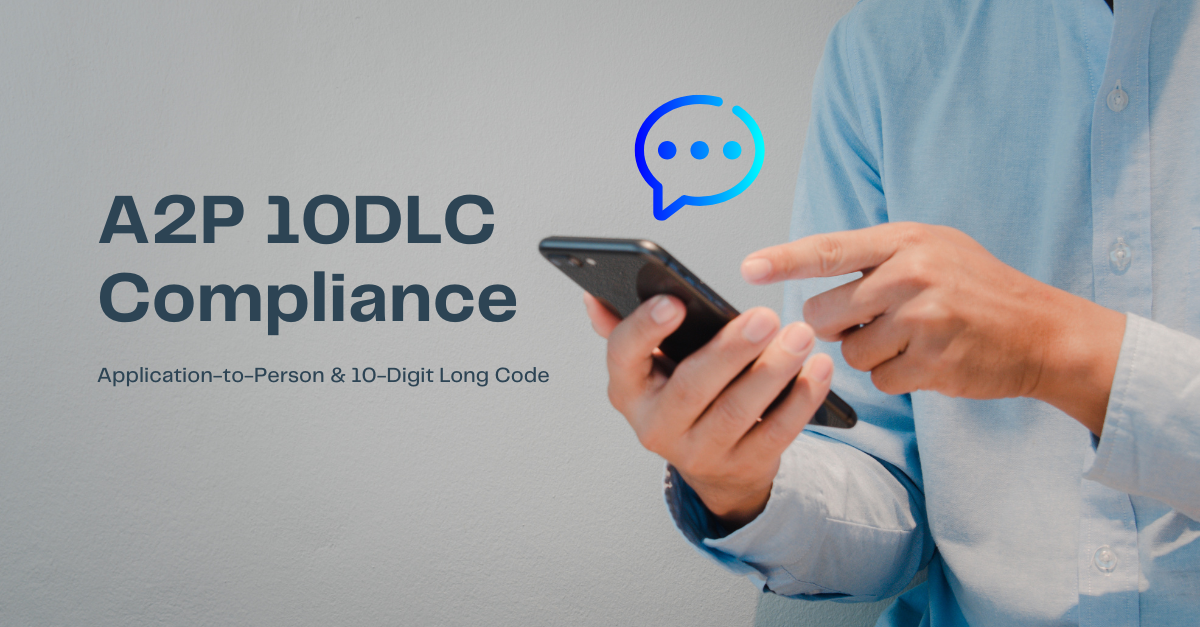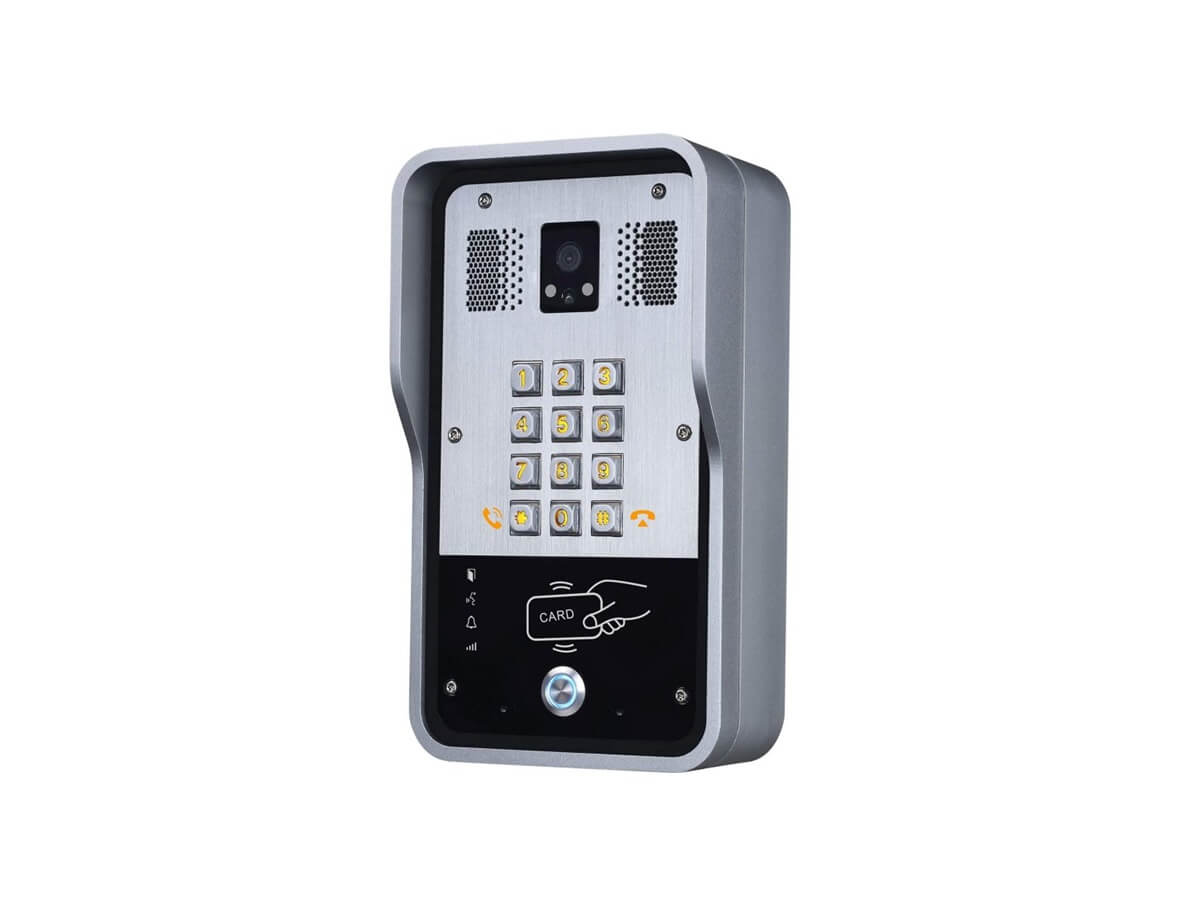There is no doubt that VoIP is the hottest new technology on the block, with everyone from consumers to enterprises scrambling to switch over from the PSTN. It is not surprising given that VoIP is extensible, flexible and interoperable with other IP-based systems. It is more suitable for modern communications and business needs than the plain old telephone system many people grew up with.
Though many people know the words, quite a few still don’t understand what VoIP is, how it works or why it is a giant leap forward over analog phone systems. This information is absolutely necessary for anyone who wants to upgrade their existing household landline or enterprise phone system to VoIP. As the technology is still changing and growing, it can feel impossible to keep up with the technicalities or the jargon but the basic fundamentals are easy enough to understand.
What is VoIP?
VoIP stands for Voice over Internet Protocol which pretty much spells out what the technology is and what it does. The PSTN simply carries the human voice over physical copper lines that connect every phone instrument in the world. Even though much of the routing and connections is now automated and handled by electronic components, it is still a very analog technology.
VoIP on the other hand is digital technology and is based on Internet protocols, similar to email. Just as email utilizes SMTP and the Internet uses HTTP, VoIP uses the SIP standard for the most part. What VoIP does is basically send voice calls over the Internet instead of the regular PSTN. At this point most people in the developed nations have Internet connections even though speeds may vary considerably. So VoIP is available to almost anyone who wants it.
What is VoIP Call Routing?
Although this question may appear simple, it can actually refer to multiple aspects of VoIP. For instance, the fundamental difference between VoIP and the PSTN is that calls are routed over the data network (which may include fiber-optic cables) instead of copper lines. This aspect is also sometimes called call routing i.e. how calls are handled by the technology.
Call Forwarding
Another commonly used phrase is call forwarding which can also be considered call routing from certain perspectives. Enterprises often use this feature to ensure that incoming calls are always handled by a human person, even if the particular person is busy, away from the phone or working from another location.
In such situations, call forwarding can be set up to work in a number of ways. For instance, an employee may set up rules state that calls made to their work number on Monday and Tuesday should be forwarded to a mobile device and routed to a desk phone on other days. Sometimes businesses have dedicated numbers for various departments such as sales or accounts. If someone calls the number, it can be routed to all of the employees within the department so that it can be answered by whoever is not busy.
From an enterprise perspective, call forwarding on the PSTN can be an expensive extra add-on. It meant that organizations generally restricted the feature to a handful of key executives of managers in order to keep costs down. However this is wanted for free in most hosted VoIP and SIP trunking architectures making it more useful for businesses. Call forwarding can be extended to all employees within the organization thereby boosting productivity and collaboration at no extra cost.
VoIP Call Routing Without the PSTN
At some point in the future, the PSTN will go away to be replaced by sophisticated VoIP infrastructure. However as part of the transition, one of the issues that must be resolved is how VoIP calls will be routed between different carriers in various parts of the world. At present, the PSTN acts as ‘neutral ground’ between incompatible VoIP services. So what happens when the PSTN goes away?
Another aspect of call routing that has to be solved relates to privacy issues. Caller ID has become an essential part of voice calling now but when it was first introduced, there were many concerns about customer’s information being shown to other networks as part of normal call routing. With VoIP calls, the issue becomes more complicated as more information is available about the user including what type of device they may be using, presence information and so much more.
While the first problem is very much a technical one – relating to standards and interoperability, the latter is more of a policy issue. It it is something that may require the cooperation of different nations as they all have their own privacy and security laws to deal with. For the most part SIP has been accepted as the most common standard which paves the way for solving compatibility problems.
VoIP Call Routing Within the Enterprise
Enterprises have to deal with call routing within their organization’s network. Calls between employees within the corporate network have to be routed and handled differently than those that will terminate on the PSTN. This is particularly important since calls within the enterprise are generally free while international or long-distance calls will be charged by the provider.
Enterprise VoIP call routing can be very complex due to a number of factors. Some organizations use a distributed SIP trunking architecture which means each location is in charge of configuring and administering the SIP trunk. This extends to setting call routing policies as well leading to complexity. Secondly there are a wide range of policies that can be used by a business to determine call routing – according to minimum cost, maximize performance or something in between.
Hence there are a number of call routing tools and software available to help businesses manage VoIP calls. VoIP providers also have to deal with call routing issues to determine which gateways or servers calls should be terminated. Vendors have to balance cost with the end-user experience as the lowest cost to route may also have extremely long delays and vice versa. The technical aspects of VoIP call routing can be very complex but the basic principles are pretty simple.




